Going hands on with the Fujifilm X-T3
In an ever crowded market of full-framers, can Fujifilm’s latest APS-C model deliver a better balance?
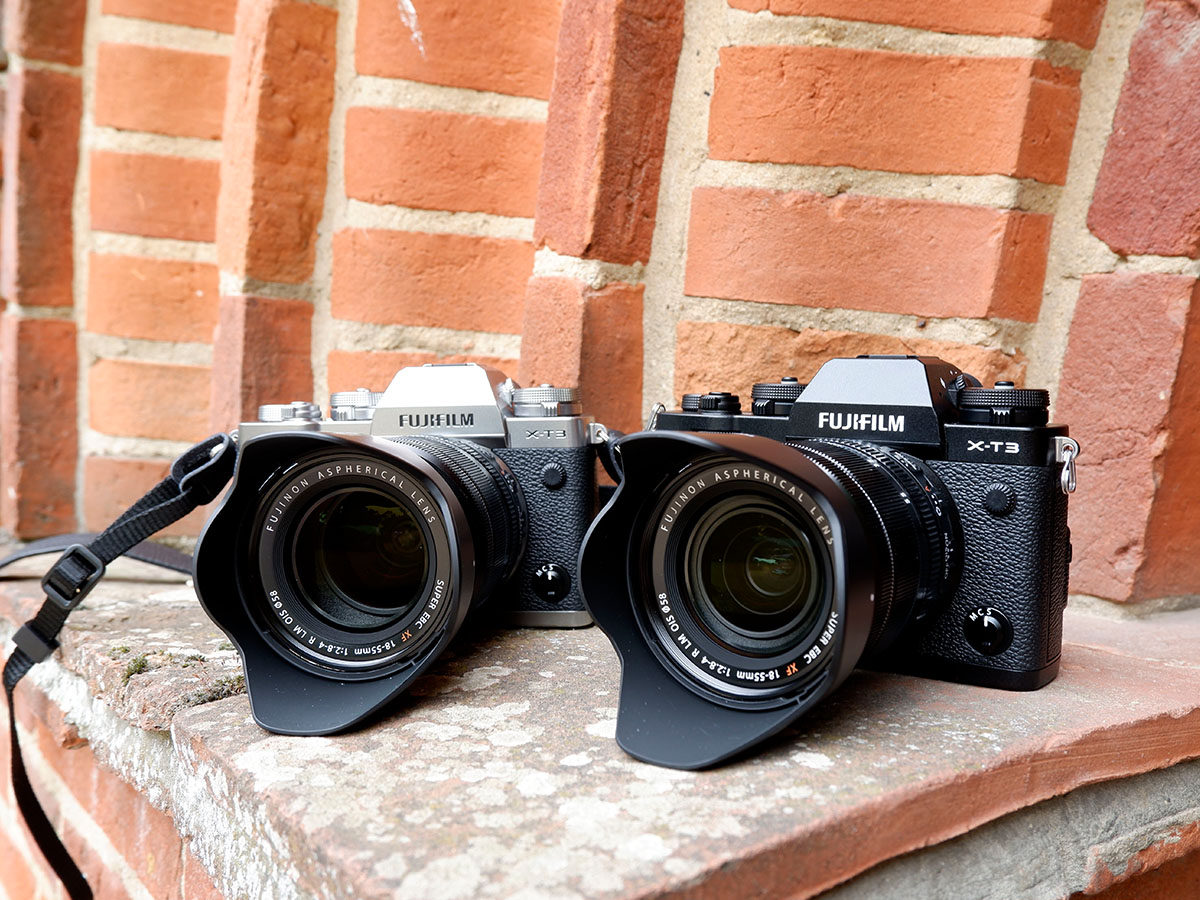
HARDER, BETTER, FASTER, STRONGER
It’s that magical time of year when all the latest and greatest cameras get announced. This time, it’s Fuji’s turn, with the X-T3. Marking the fourth generation of its venerable X-Trans CMOS APS-C sensor and X-Processor combination, the X-T3 promises to go at it harder, better, faster and stronger than ever before with a bunch of seriously impressive upgrades over its predecessor.
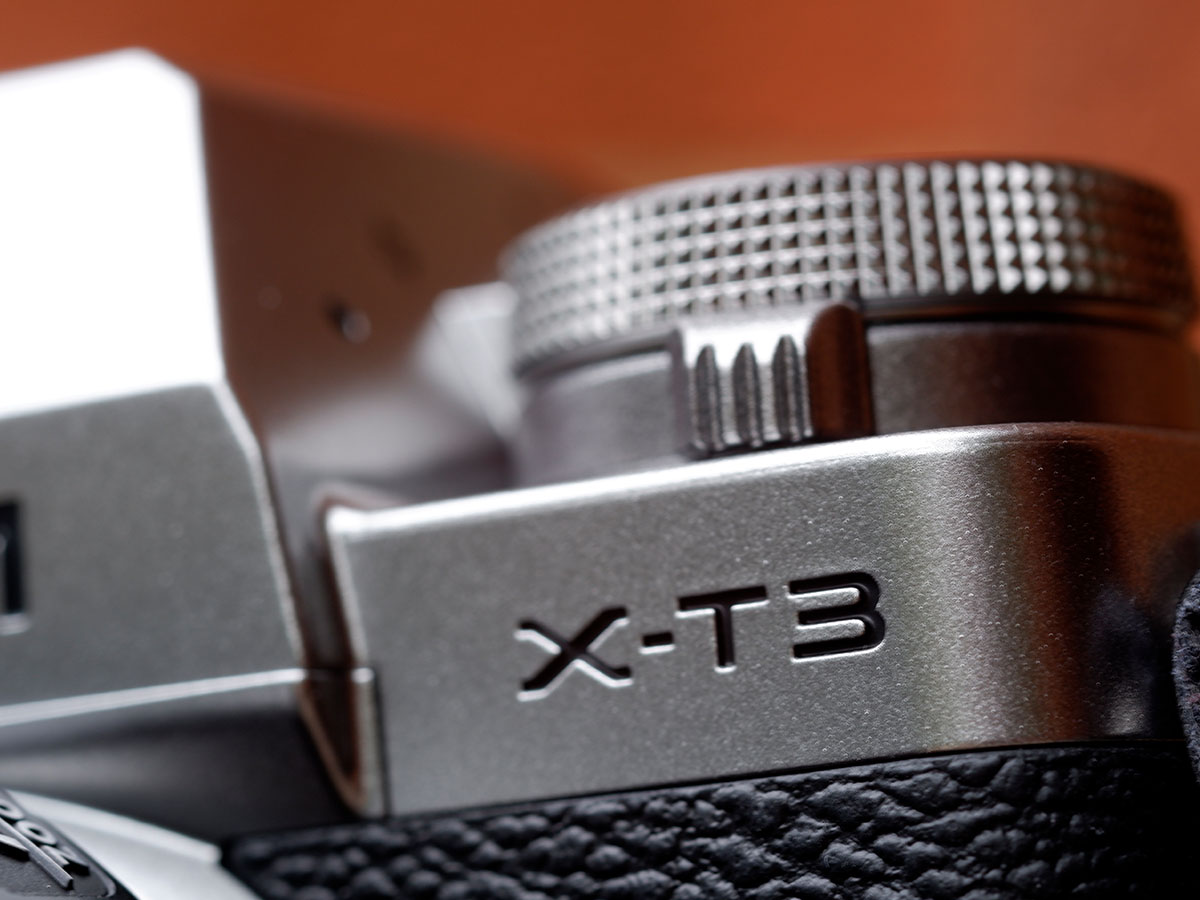
BIG LEAP FORWARD
This is not just a slight tinkering of specs. The new sensor boasts 26.1 megapixels, and is without an anti-aliasing filter for increased detail resolution. On said sensor is 2.16m phase detection pixels, giving you an AF area to cover the entire frame, while low-light focusing performance is said to have increased dramatically. Autofocus in other areas has also improved too, with a doubling in speed of face-detection AF, while eye-detection is now available in AF-C mode to keep those baby blues nice and sharp. Tracking focus has also been improved, which should make it even more ideal for those shooting moving subjects.
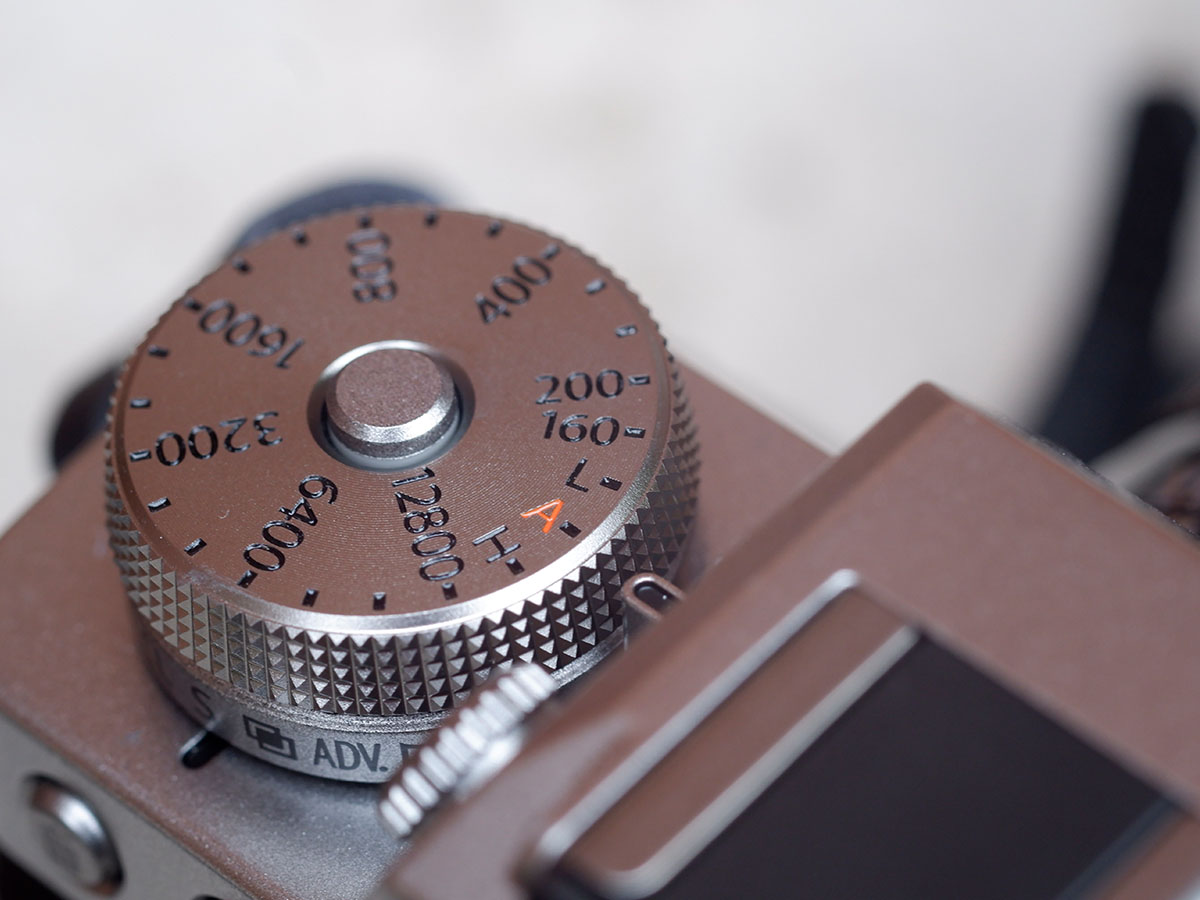
RETRO CHARM
We’re now on to the third X-T model, so it’s perfectly likely that some consumers of the X-T3 will have used previous versions – if that’s you, you should be happy that Fujifilm has pretty much stuck with the same design here. Fujifilm goes for two styles in its flagship models – the X-T and the X-Pro. The former uses a more classic DSLR-type approach – that is with the viewfinder in the middle of the top plate, and a chunky grip. This is a Fujifilm so of course we’ve got plenty of retro-charm, dials a plenty and lots of instant-access control. On the top plate, you’ll find a shutter speed dial, ISO dial, exposure compensation dial and a customisable function button. There’s also two sub dials – one for altering metering and another for drive mode. Aperture can be controlled either via the lens itself, or using a scrolling dial.
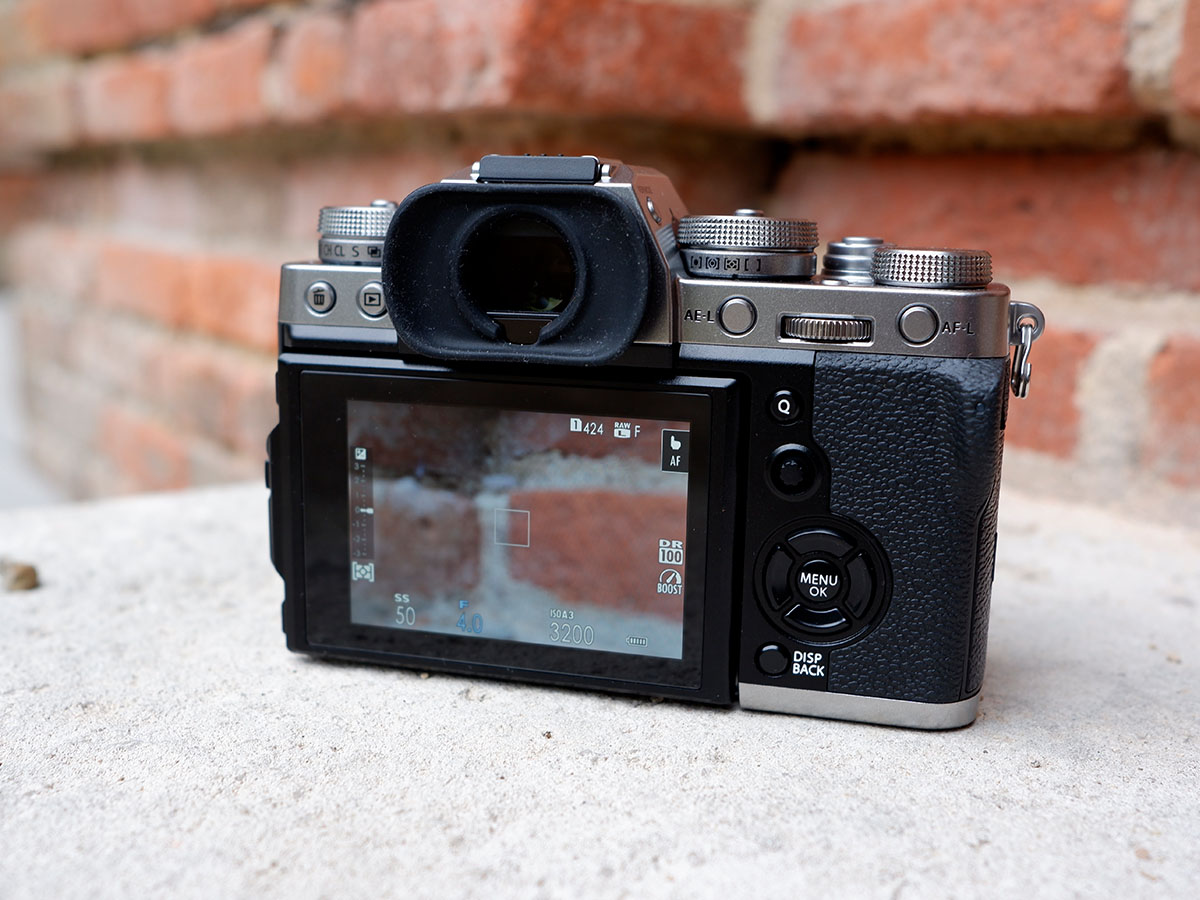
POWER TO THE PEOPLE
So far, so Fuji – but the company has taken in some feedback from users to make just a few small, but noticeable improvements. For example, the diopter adjuster on the electronic viewfinder can now be locked in place, preventing accidental changes when carrying the camera. The screen has also been improved – hurrah it’s now touch-sensitive. That was a pretty big omission back in 2016 with the X-T2, so it’s not a huge surprise to see it added here. As with the X-T2 it uses Fujifilm’s clever three-way (steady on) hinge system to give you a tilt in three different directions.
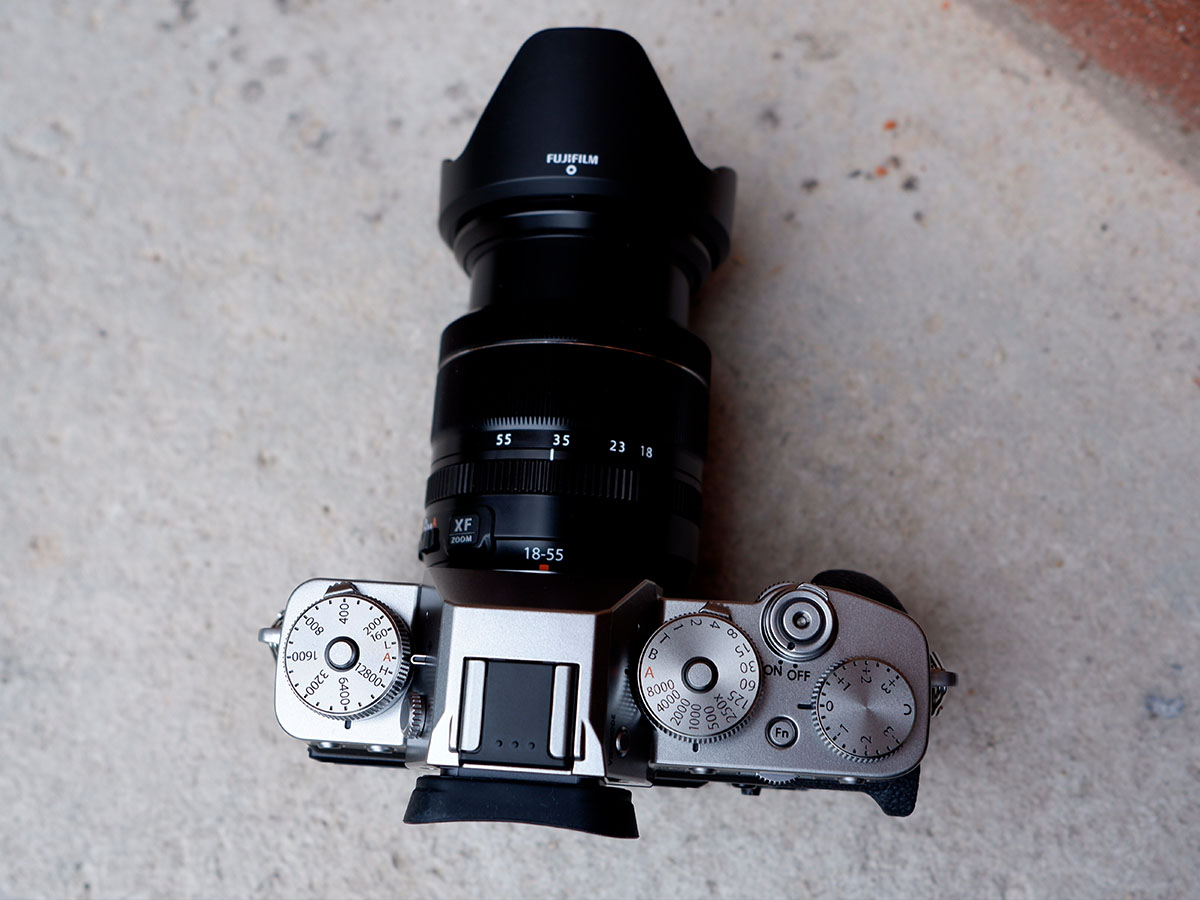
FINDING THE BALANCE
A small joystick on the back of the camera can be used to move the AF point around the screen – and remember you now have the entire area to play with – but you can also use the touchscreen to set AF point, even while using the viewfinder. A quick menu – accessed by a tap of the Q button – brings up all your oft-used settings, and you can now also navigate around that by touch. In a camera market that is increasingly focusing on full-frame models, Fuji is really trying to push the message that using the smaller APS-C sensor is the best balance, leaving you with a much more manageable overall system.
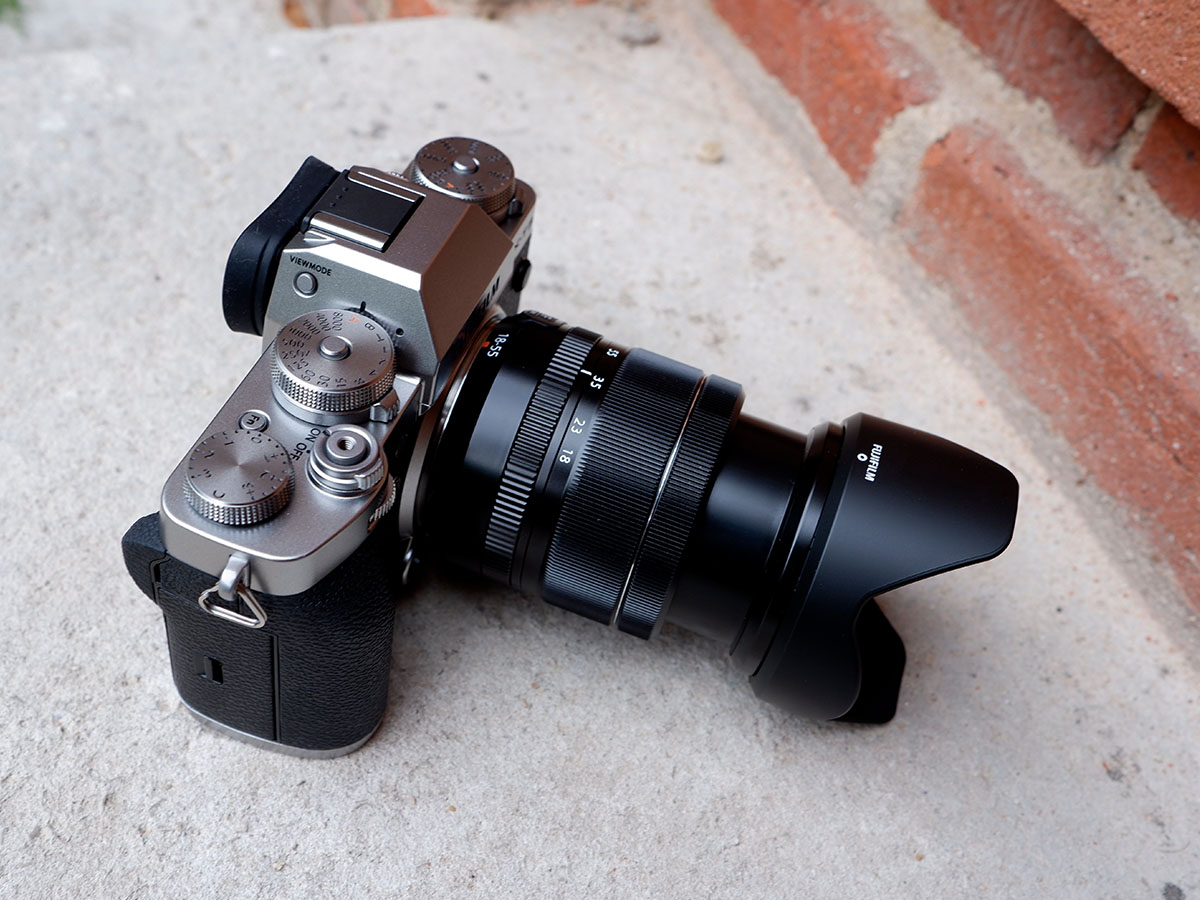
THERE’S NO LIMIT
Fujifilm claims that with this model, no subject is off-limits. As such, many of the features are designed to help you get the most from the camera, no matter the shooting situation. It starts all the way from the sensor – the new 26 megapixel device is the first sensor in the series to use a back-illuminated structure, and also offers a base ISO of 160, compared to 200 of its predecessor – making it great for landscapes and good light shooting. It’s also got a faster readout speed compared to its predecessors.
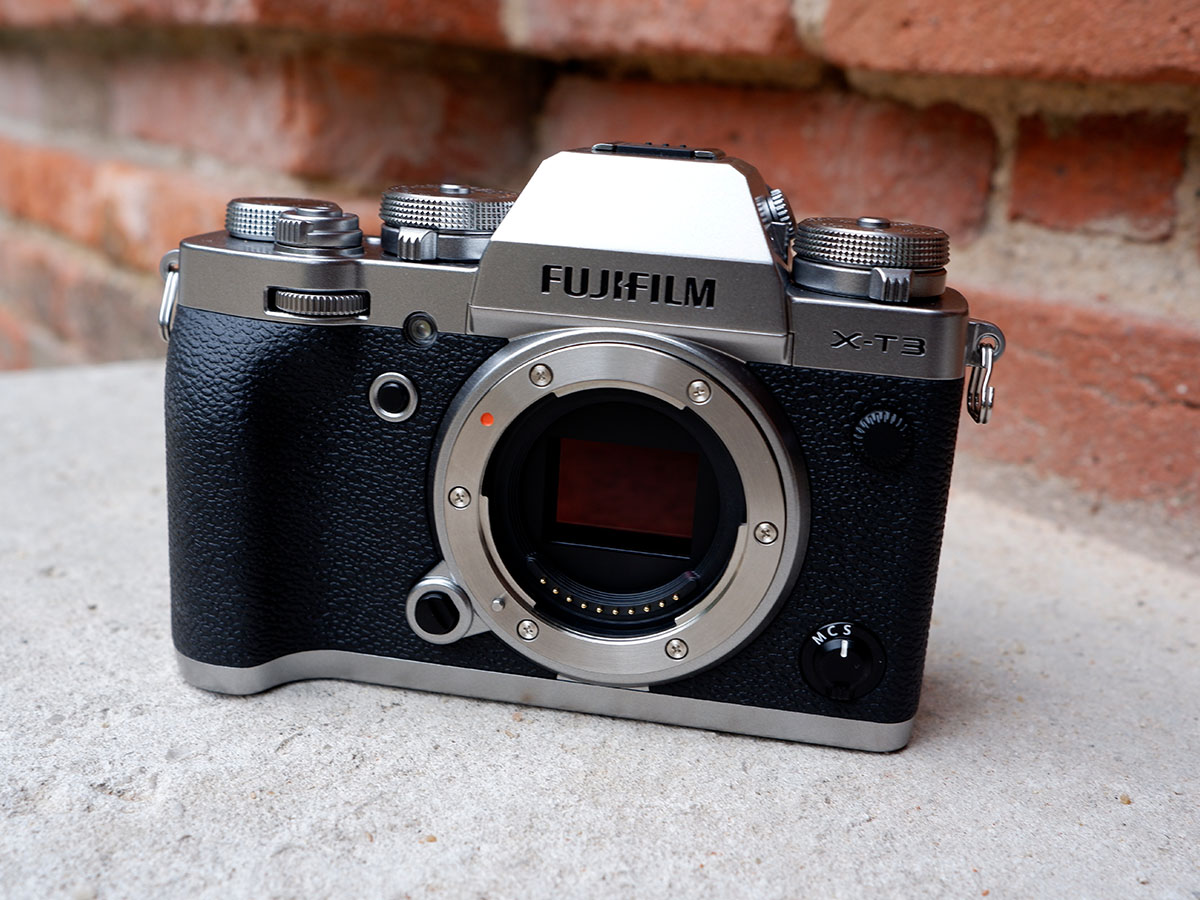
FASTER THAN FAST
Then there’s the new X Processor 4 – now 20x faster than the original processor founding the X-Pro1, it’s even speedier than the super-swift X-H1. We’re looking forward to putting it through its paces a little more in due course. Focus points cover pretty much the entire-frame, with 425 phase detect points. The best news here is that you can focus on subjects on the outer edges of the frame without having to do an annoying focus and recompose movement – that’s particularly ideal for wildlife, sports and action photography where the subject has a tendency to move around.
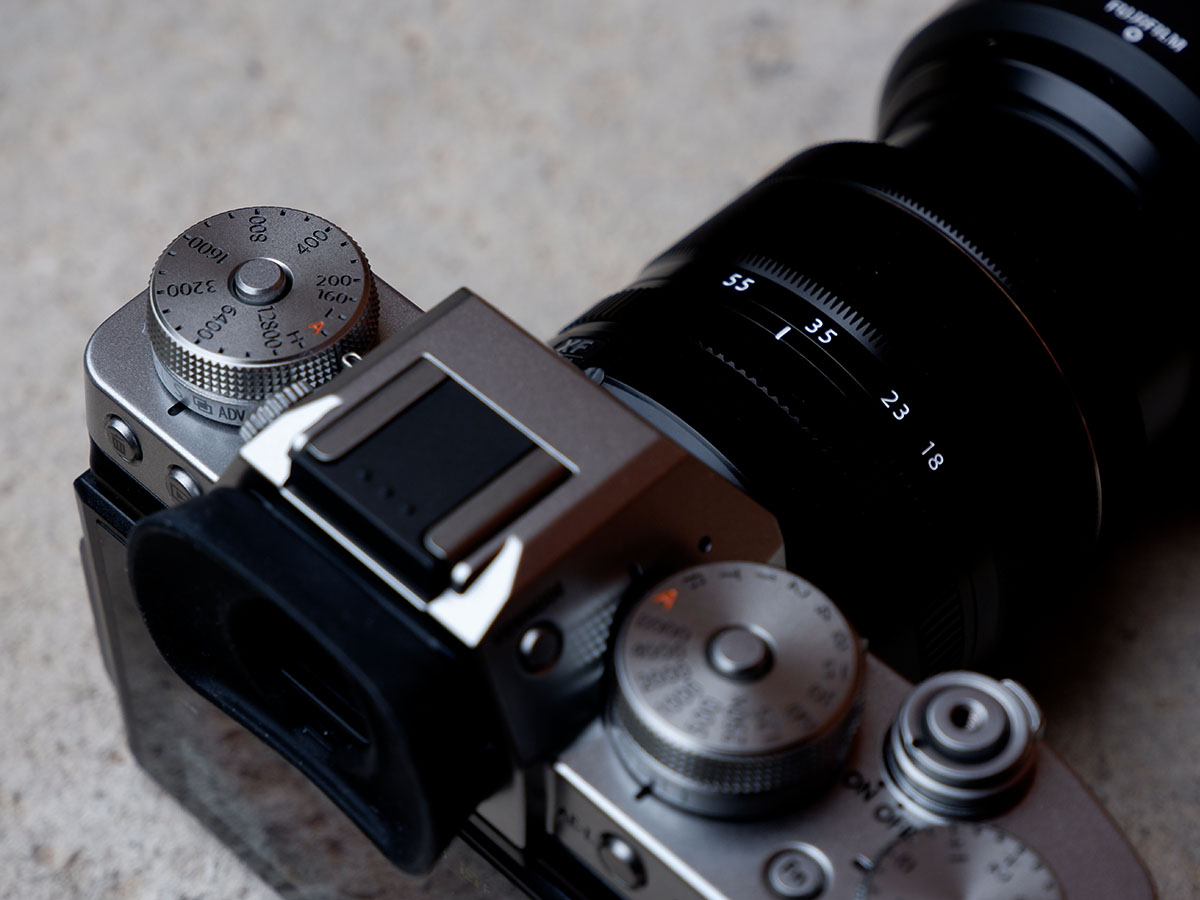
VERSATILE VIDEO
Videographers will also be taking a serious look at the X-T3, too. This is perhaps where some of the most advanced improvements have been made, and is likely to make Panasonic sit up. As well as 4K/60p recording, there’s also things like F-Log gamma profile, the Eterna film profile and a silent control feature which we originally saw on the X-H1, making it easy to access video settings without tapping buttons and creating unwanted noise.
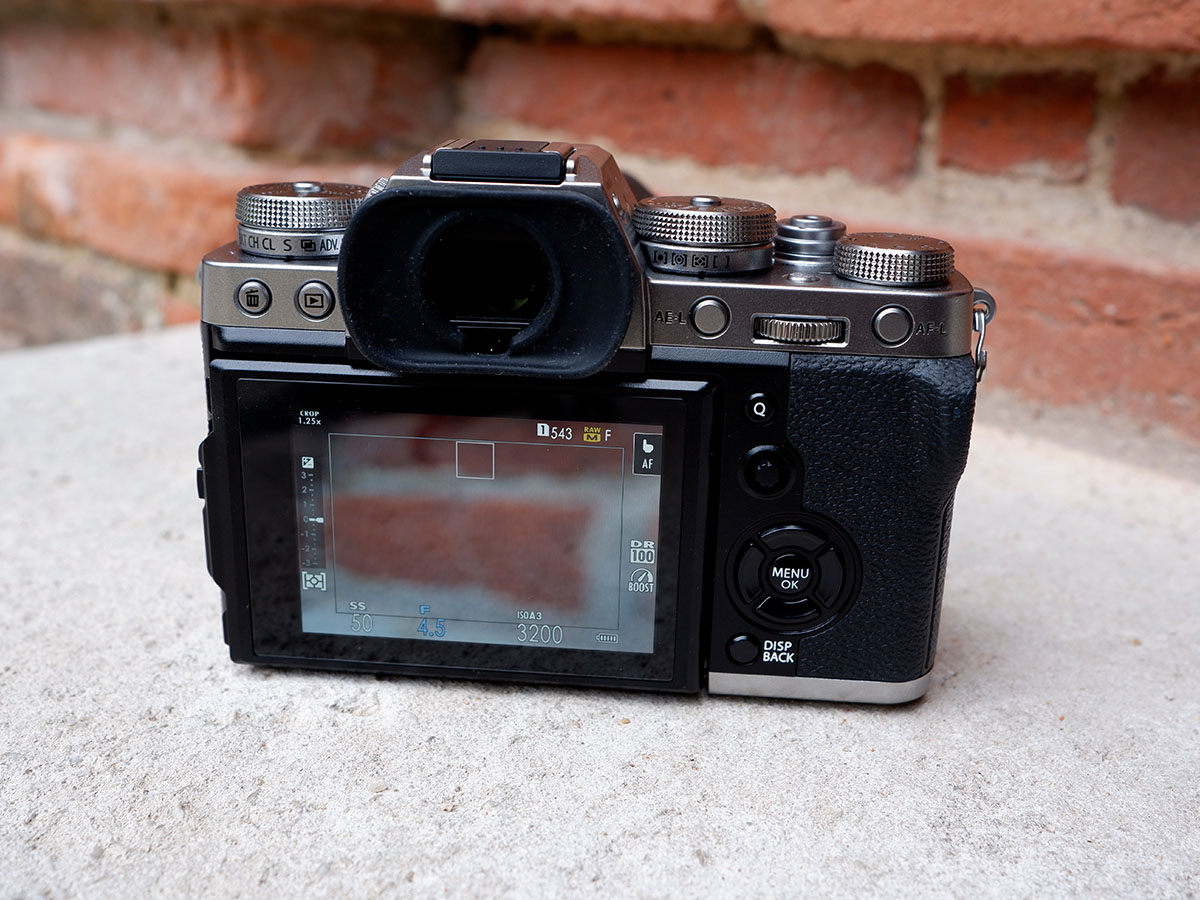
SHOOT FOR THE STARS
So far, we’ve yet to spend an enormous amount of time with the X-T3, but our early shooting results are very promising. Images display the usual gorgeous Fujifilm tones, while there’s bags of detail and beautifully defocused areas. The new Colour Chrome effect – which has previously only been seen in the firm’s Medium Format GFX 50S is designed to improve colour gradation in shadow areas. Again, we’ve not had chance to properly test this out, but it seems to work pretty well. In lower light, noise seems to be controlled pretty well in JPEG images. We haven’t yet had chance to look at raw files, but the JPEGs are natural and have an overall pleasing effect.

FUJIFILM X-T3 EARLY VERDICT
The X-T3 represents a significant upgrade from its predecessor, thanks to a number of enhancements. The biggest is the fourth generation sensor and processor combination, which should lead to improved image quality. Fujifilm has kept the body design very similar to its predecessors – presumably playing on the old “if it ain’t broke, don’t fix it,” trope, but it remains one of the most enjoyable cameras on the market to use – with a dial or button for pretty much everything you’ll need. Keep an eye out for further updates on the X-T3 as soon we can spend more time with it.


